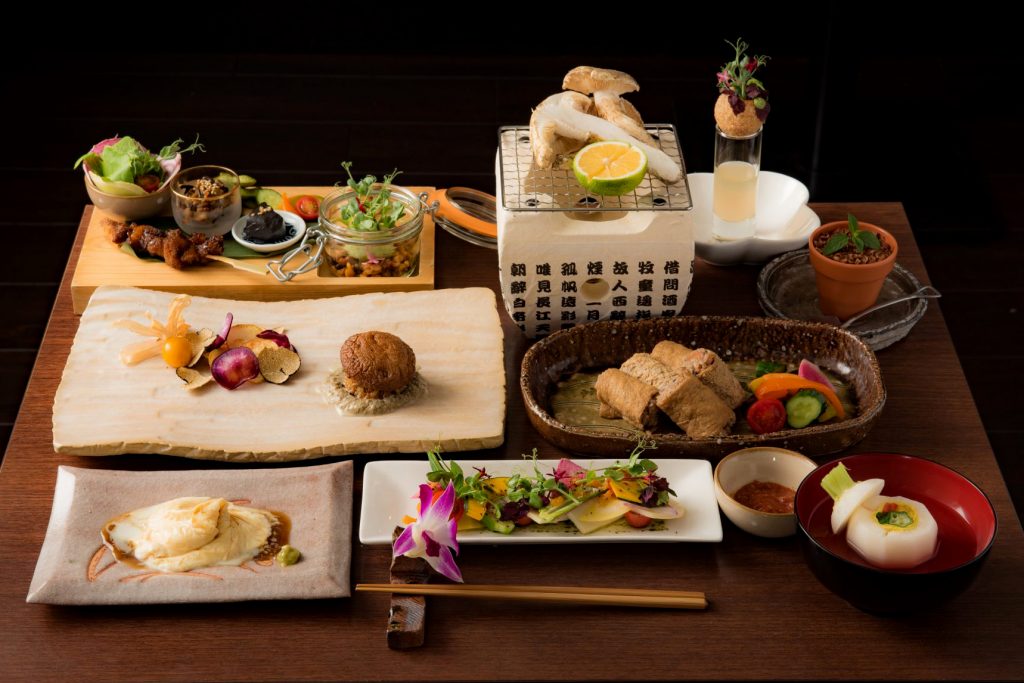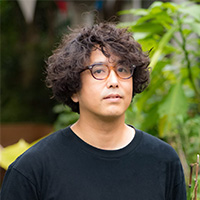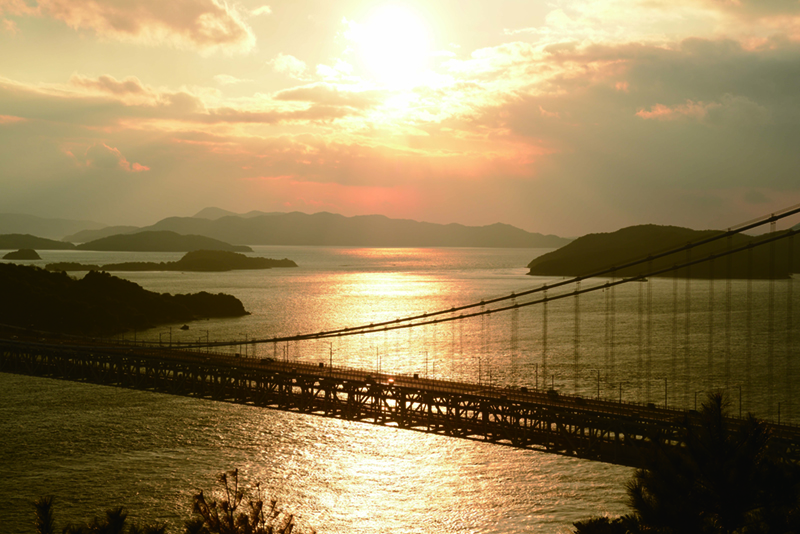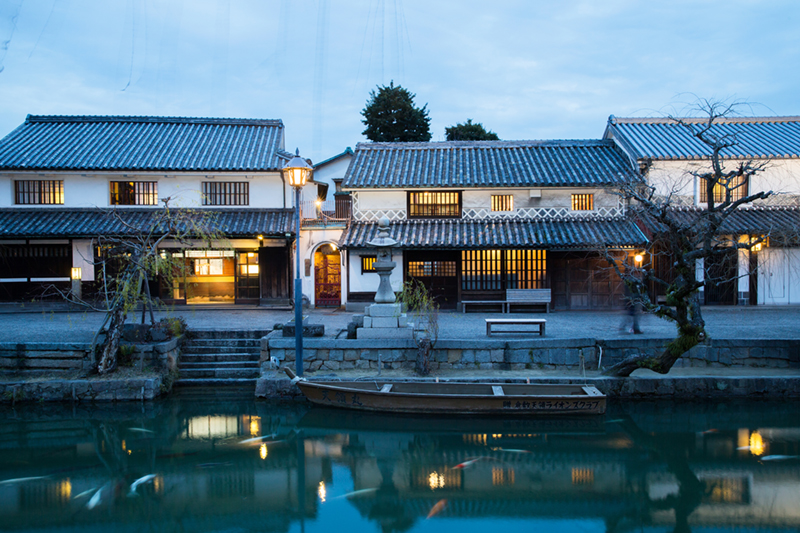The rich natural landscape and the nostalgic white-walled streets give the region an exceptional charm. Visiting Ohara Museum of Art or enjoying coffee in a traditional townhouse offers unique experiences for visitors from overseas. I used to walk these streets as part of my school route 30 years ago, there are now significantly more international visitors, which makes me feel the area has immense potential. The views from Washuzan are stunning, and the high quality Kojima denim can certainly attain international recognition. I look forward to seeing how the region evolves to attract more attention from abroad.
Okayama, “Land of Sunshine,” is known for producing Japan’s best peaches and muscat grapes, as well as having abundant seafood from the Seto Inland Sea. In addition, the rice, yellow garlic chives, Senryo eggplant, Momotaro tomatoes, and much more that grow the fertile lands, refined by the skills of local producers transcend international borders. For example, at my restaurant, Saido, we serve a simple corn soup during the summer. While this dish is familiar around the world all our customers are amazed by the sweetness of Japanese corn. In Los Angeles, luxury supermarkets sell Japanese sweet potatoes as high-end delicacies. What we, from Okayama, consider ordinary often turns out to be extraordinary.
By viewing Kurashiki and Okayama from an outsider’s perspective, we are you to make new discoveries in our own home. And by welcoming people from around the world and hearing their perspectives we can create newer and better experiences for all who visit Okayama.
What do I think Kurashiki has to offer? Setting aside my bias because it is my hometown – delicious food and a prestine natural landscape.




